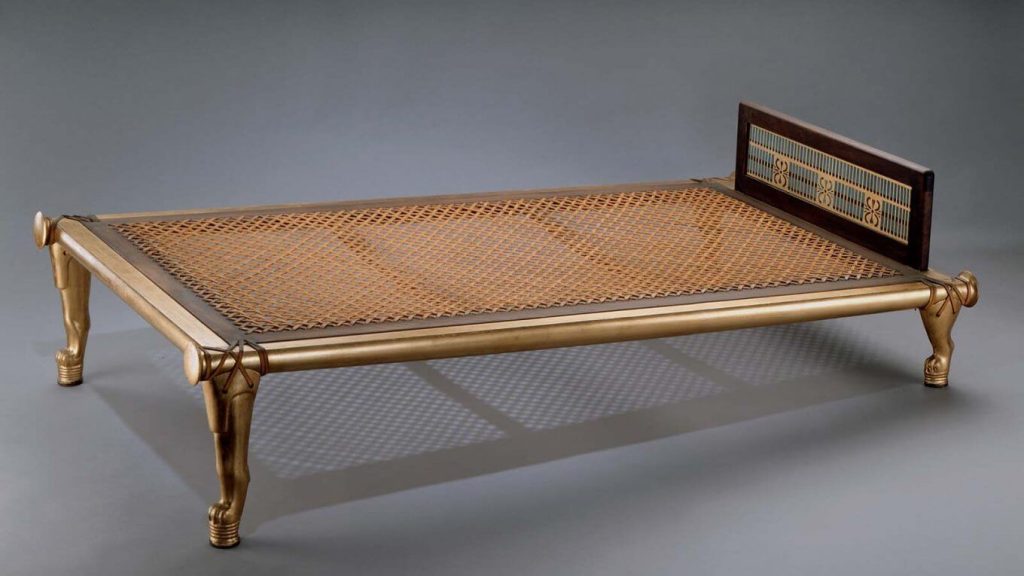Everyone wants a good night’s sleep, that’s why we’re here to help at Mattressman! But when were mattresses first invented? And what did people do before mattresses came along? Did they have somewhere soft and cosy to crawl into every night? And if they didn’t have a modern mattress, what did they sleep on?
Most of us take our comfy beds at home for granted and you may never have thought about how mattresses have evolved over time, but at Mattressman, we have traced back to when and where mattresses were first made and used — and we think you’ll be shocked to hear how old they actually are.
If you’ve ever been camping or have had to sleep on the floor, you’ll know first-hand how hard and uncomfortable it is — that’s why the first primitive ‘mattresses’ emerged thousands of years ago in the Neolithic period, as the floor was just as uncomfortable then, of course. But the first ‘beds’ were incredibly basic; animal hides were draped over piles of leaves and grass for a more comfortable night’s sleep, but as you can imagine, they were full of bugs and insects.
Further down the line into 3400 BCE, Egyptian pharaohs discovered the benefits of sleeping above the floor — most people slept on a pile of palm bows, but the legendary King Tutankhamun had a bed made of ebony and gold. He was most certainly ahead of his time, with a bed ‘fit for a king’.
 Ancient Egyptian bed
Ancient Egyptian bed
200 BCE saw the Ancient Romans craft many ornate bed frames for the wealthy, with cloth mattresses offering new levels of comfort, packed with straw, wool and feathers. The Roman Empire then made several significant advancements in the world of beds, creating the first luxury bed that was stuffed with reeds, hay, wool or feathers.
The Renaissance saw mattresses get a bit plusher, covered in velvet, brocade or silk, but it was in the 16th century when mattresses began to be lifted above the ground — this is when one of our favourite sayings at Mattressman was born: ‘sleep tight’. Beds were made from wooden frames with a rope lattice, which provided support for the mattress. This rope would sag over time and require tightening, hence ‘sleep tight’ became a phrase! In the late 18th century, this concept went a step further and the cast iron bed and cotton mattress were born, creating a sleeping area that attracted less creepy crawlies.
In the 19th century, the first waterbed came along, helping hospital patients to develop fewer bedsores by evenly distributing weight and relieving pressure across the body.
In 1900, engineer James Marshall patented the pocket sprung mattress. A series of springs, padded and encased in cotton pockets, provided optimal support to each area of the body when lying down. Things then swiftly moved on, as the 1940s saw the introduction of futons, the 1950s saw foam rubber mattresses and pillows appear on the market, then in the 1960s, the modern waterbed was developed.
Following the turn of the millennium, choice and comfort came into their own with contemporary bed frames and mattresses — just look at our huge range at Mattressman! We offer an incredible variety of options, from contemporary to classic, available to try in-store or browse online.